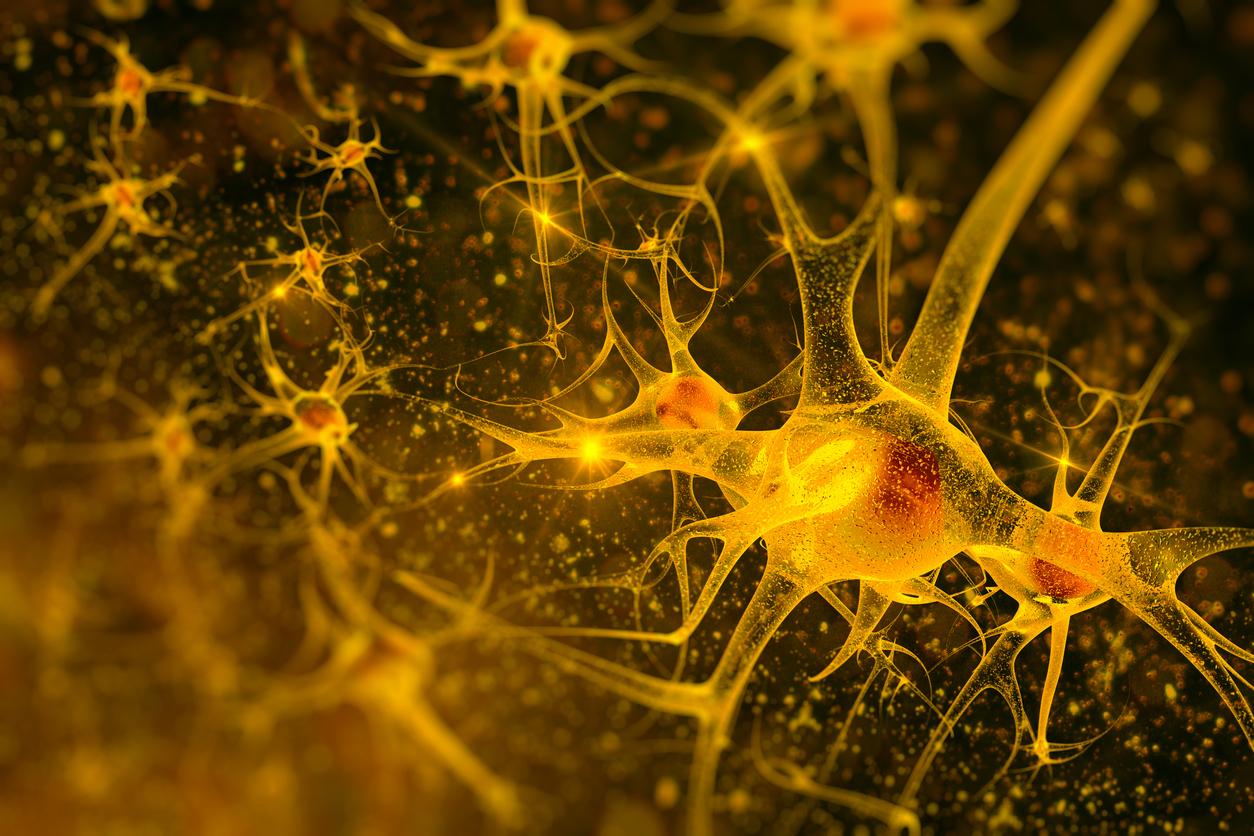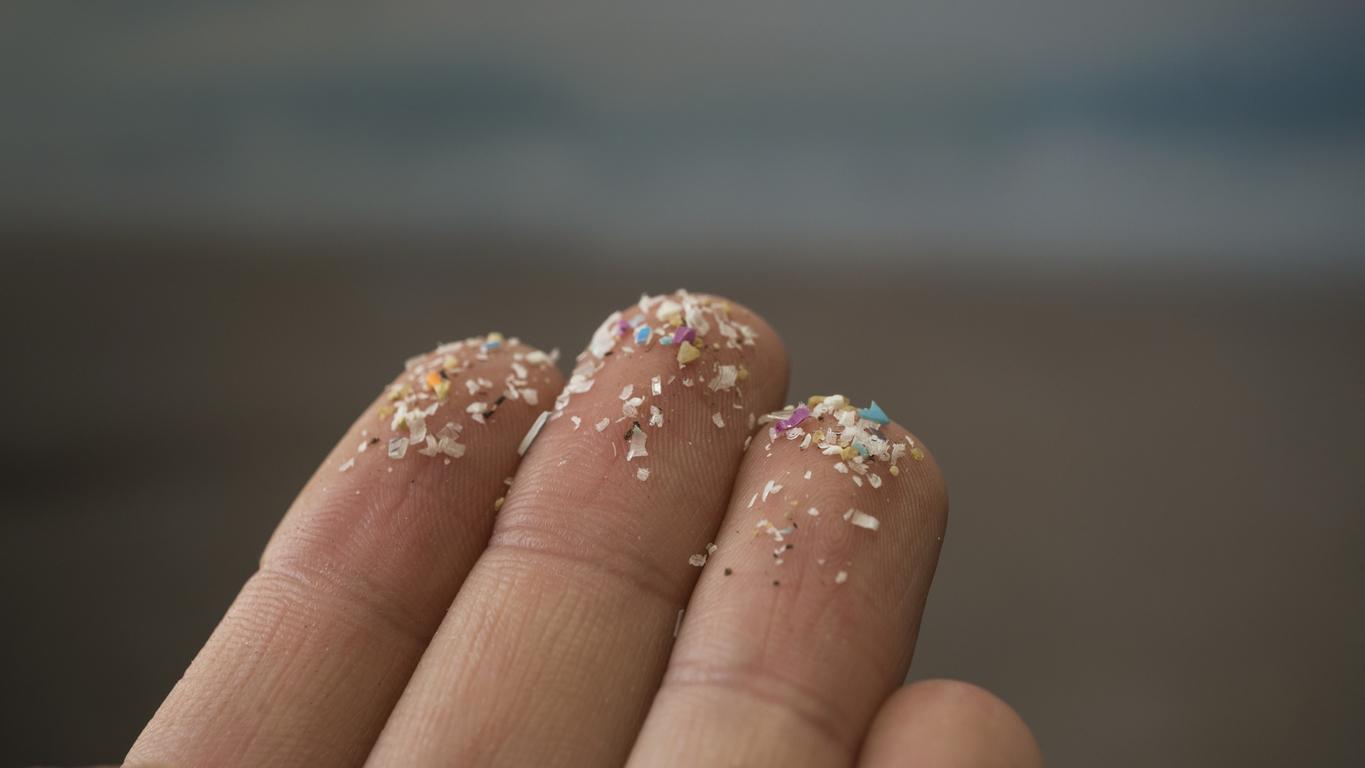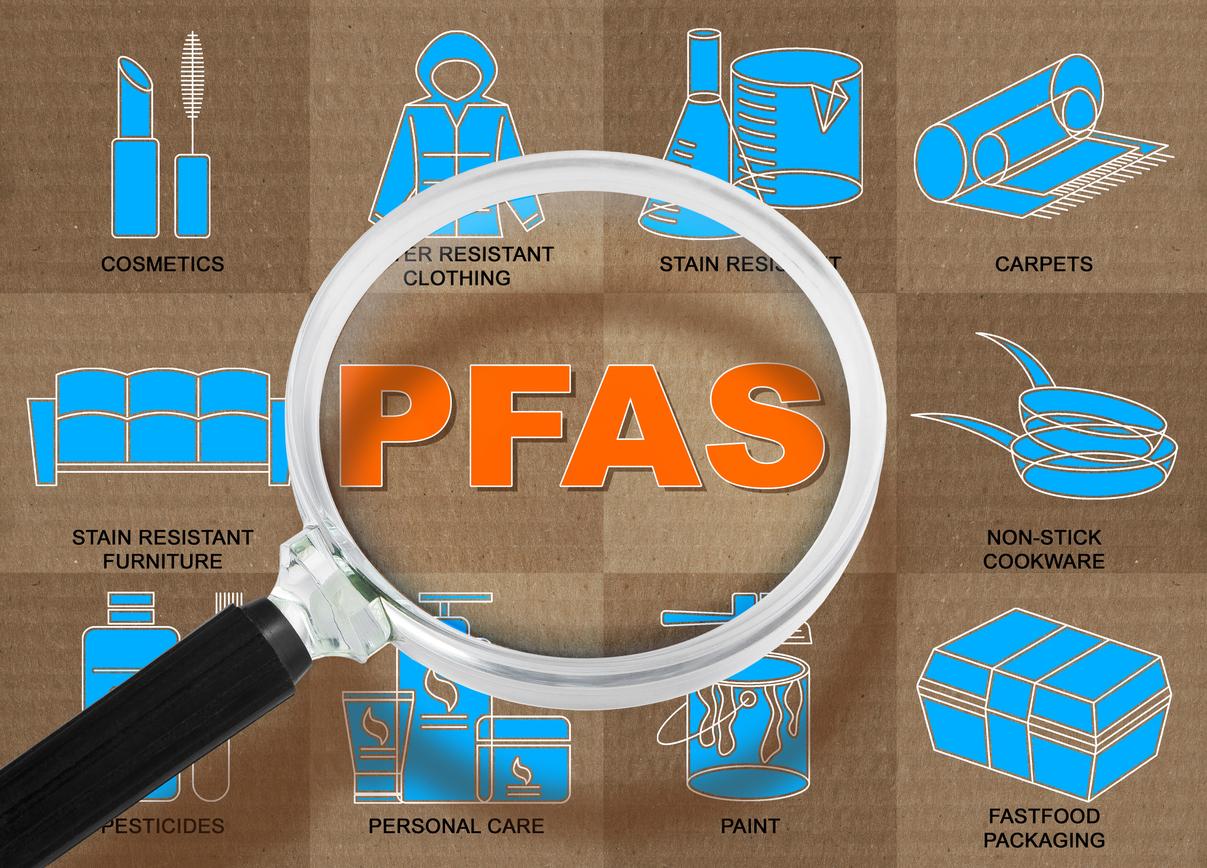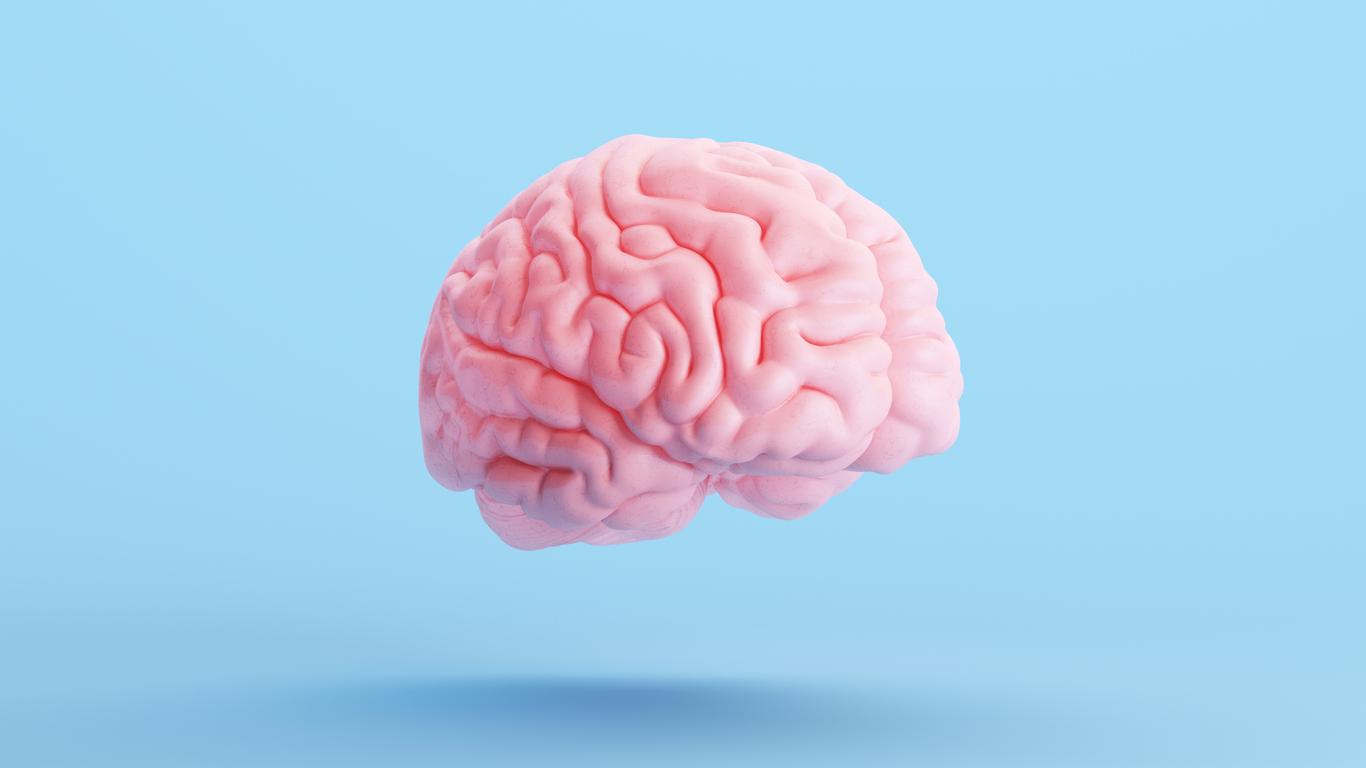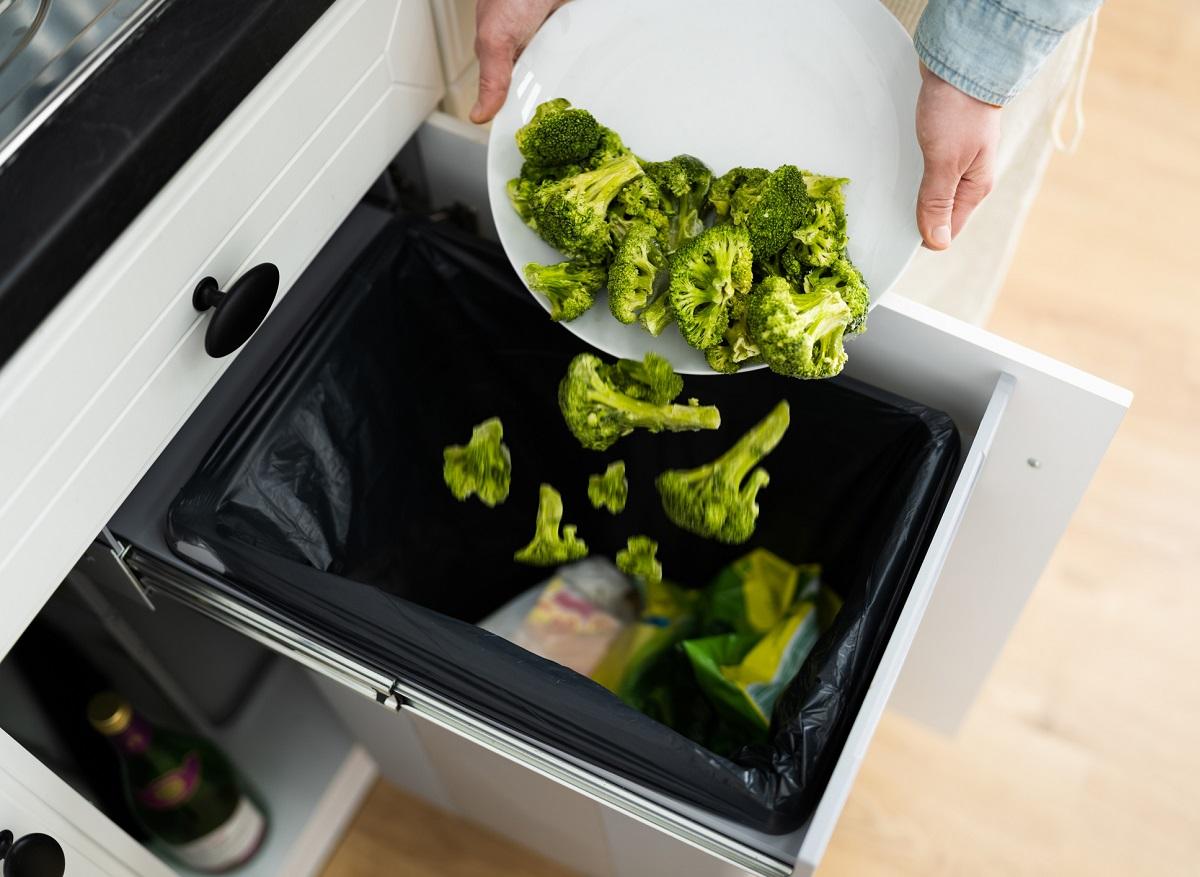Watch out for the cocktail effect! When a pregnant woman is exposed to several endocrine disruptors, their effects are multiplied, according to a study by Inserm.

Food, packaging, cleaning products… Endocrine disruptors are everywhere. It’s hard to escape an exhibition, even if you are careful about it. The cocktail effect therefore seems inevitable. And it multiplies the impact of these pollutants, as a study by Inserm shows. This work, published in Environmental Health Perspectives, tests for the first time several molecules on human cells.
Fetal testis cells were used for this research. Before performing the tests, the scientists screened 27 products with suspected disruptive effects. These range from pesticides (chlordecone, imazalil) to bisphenol A to coffee metabolites.
This in-depth work made it possible to confirm the deleterious impact on reproductive health with 11 of the 26 products. This is because they inhibit the production of testosterone. From this mathematical model, the French have produced several cocktails of risky molecules.
10 to 1000 times more effect
The impact of this exposure was then calculated on a fetal testis. The choice owes nothing to chance: during the first trimester of pregnancy, male hormones play a key role in the development of the male reproductive system.
If a pregnant woman were exposed to cocktails produced in the laboratory, the consequences would be multiplied compared to a single substance. The magnitude of the endocrine disrupting effect is multiplied in the order of 10 to 1,000 times.
In a developing human being, the damage would result in malformations in the reproductive system. The child’s testicles, for example, might not descend (cryptorchidism), or the penis may develop abnormally (hypospadias).
A high risk window
What invite caution. Because if the calculations are modeled, the risk is very real. “There is a very specific sensitivity window during the 1e trimester of fetal development during which simultaneous exposure to low doses of several endocrine disruptors suggests a risk for the child’s future genital and reproductive system ”, explain Bernard Jégou and Séverine Mazaud-Guittot, co-authors of the study.
This is not the first time that a French team warns about the risk of the cocktail effect. Already in 2015, a study published in Nature Communications highlighted the harmful impact of exposure to an organochlorine pesticide in women taking a contraceptive pill.
Scientists conclude from these results that the real effect of endocrine disruptors is probably underestimated. “Co-exposure should be taken into account when the risk of a single chemical is assessed,” they recommend.
.









